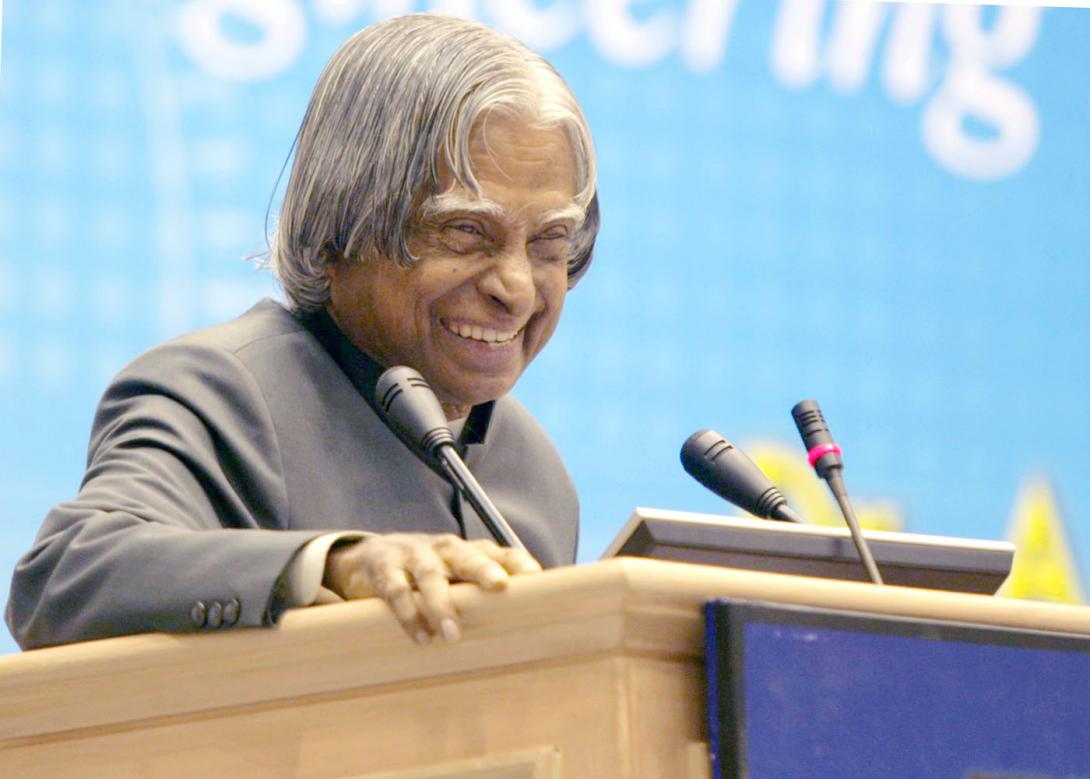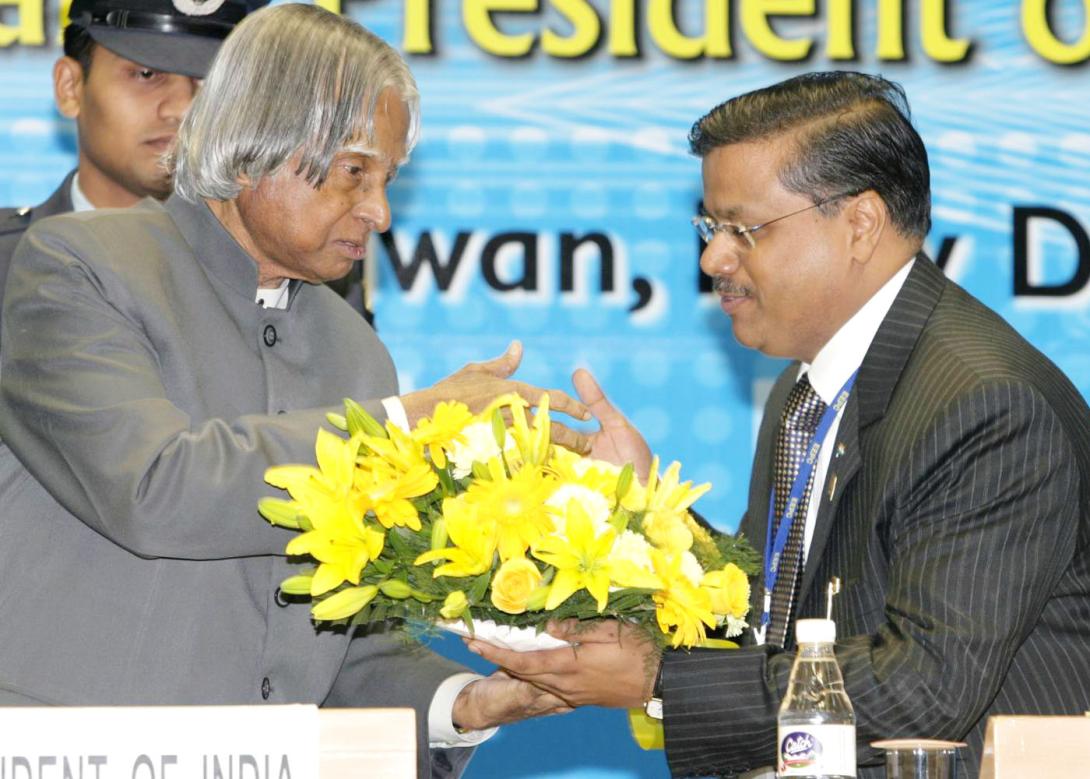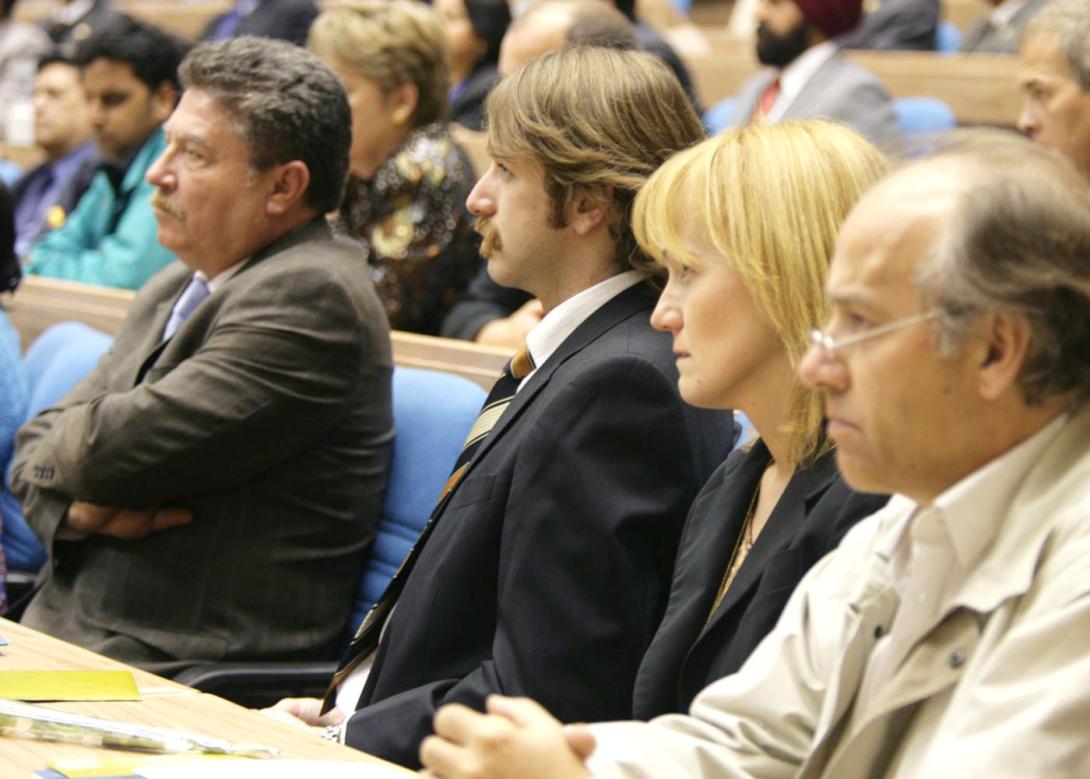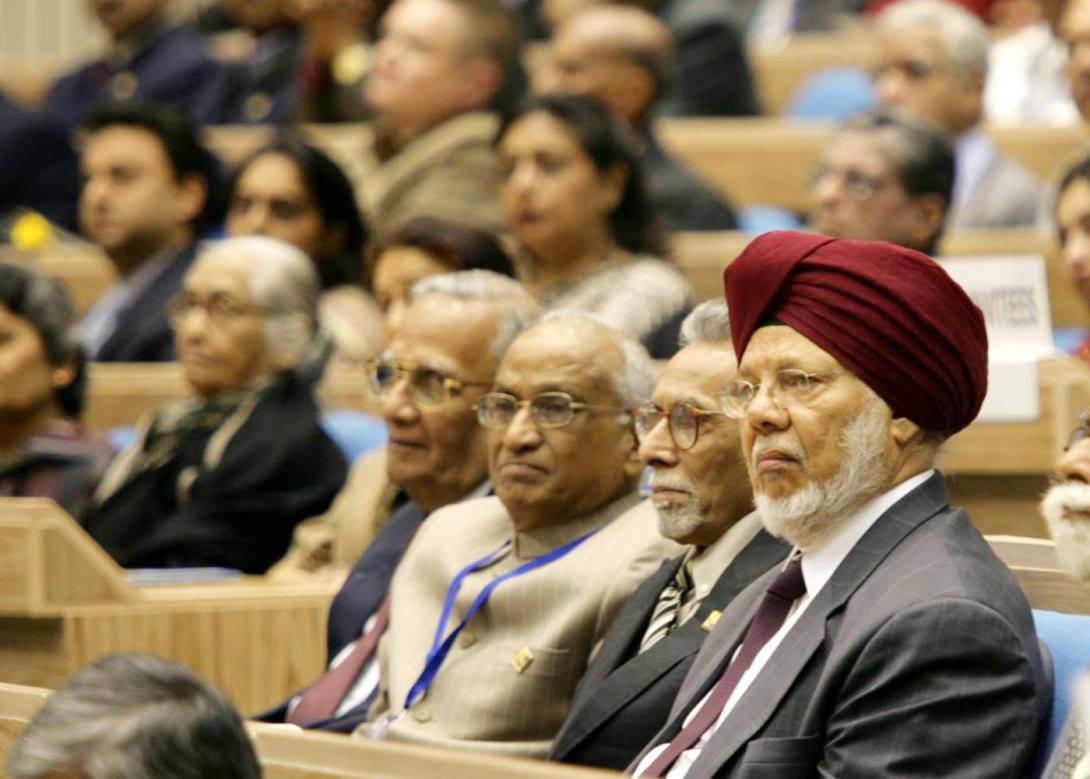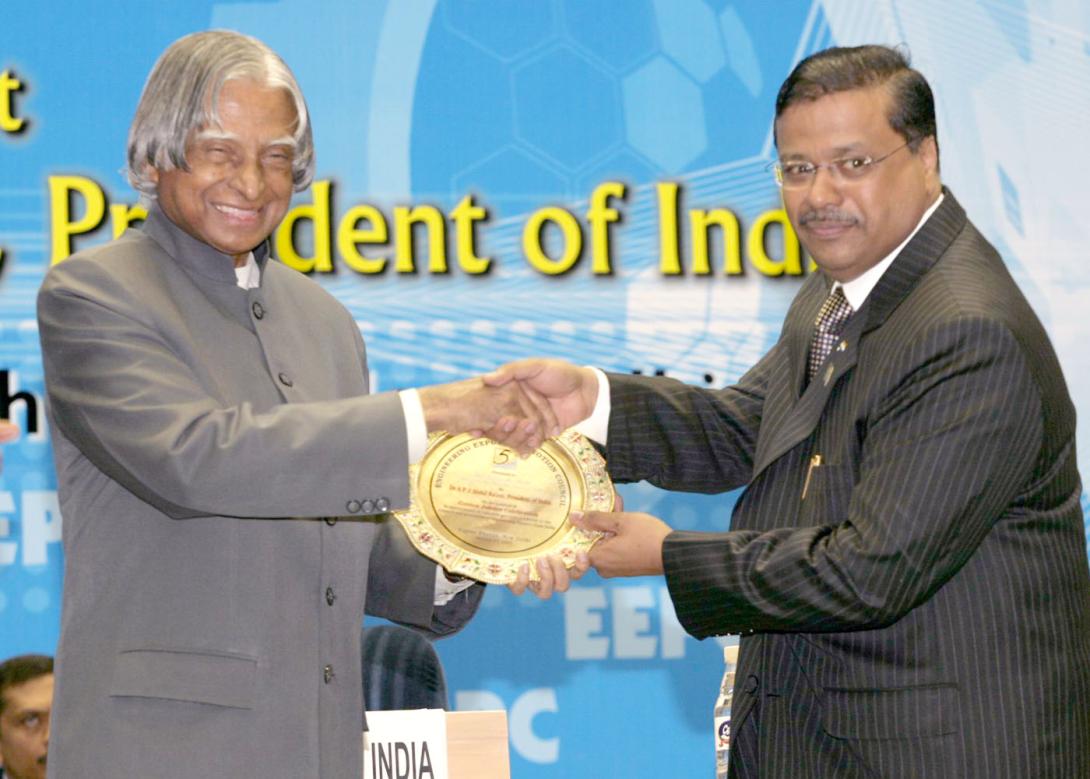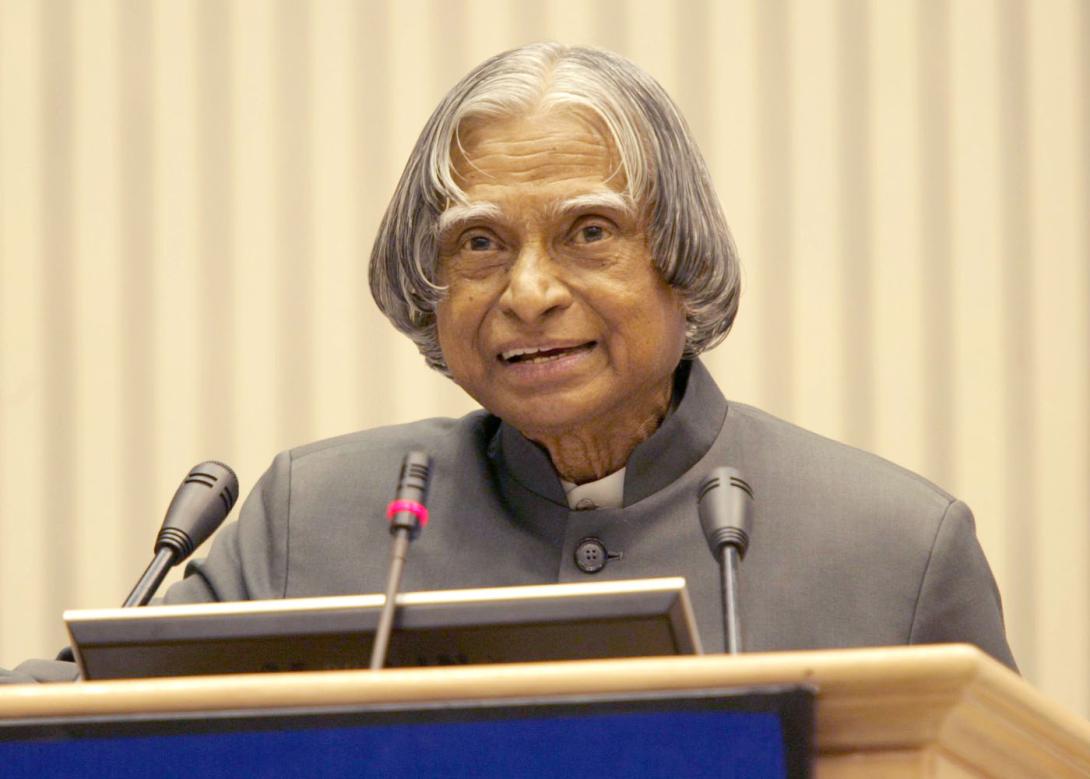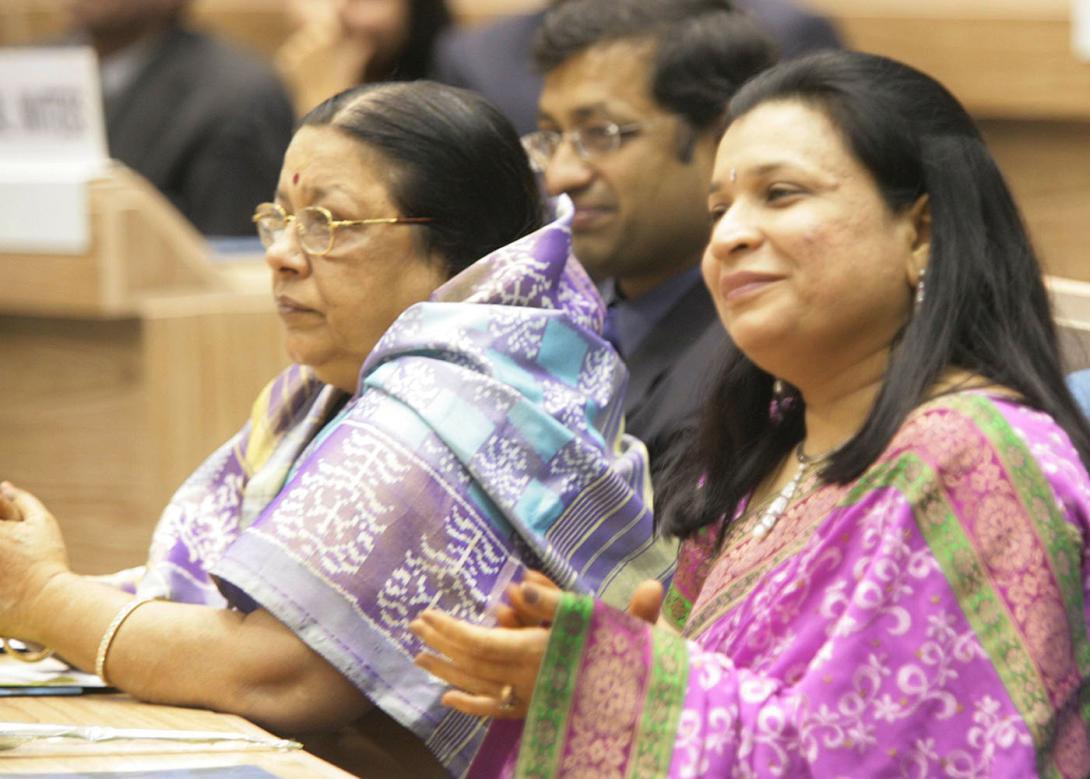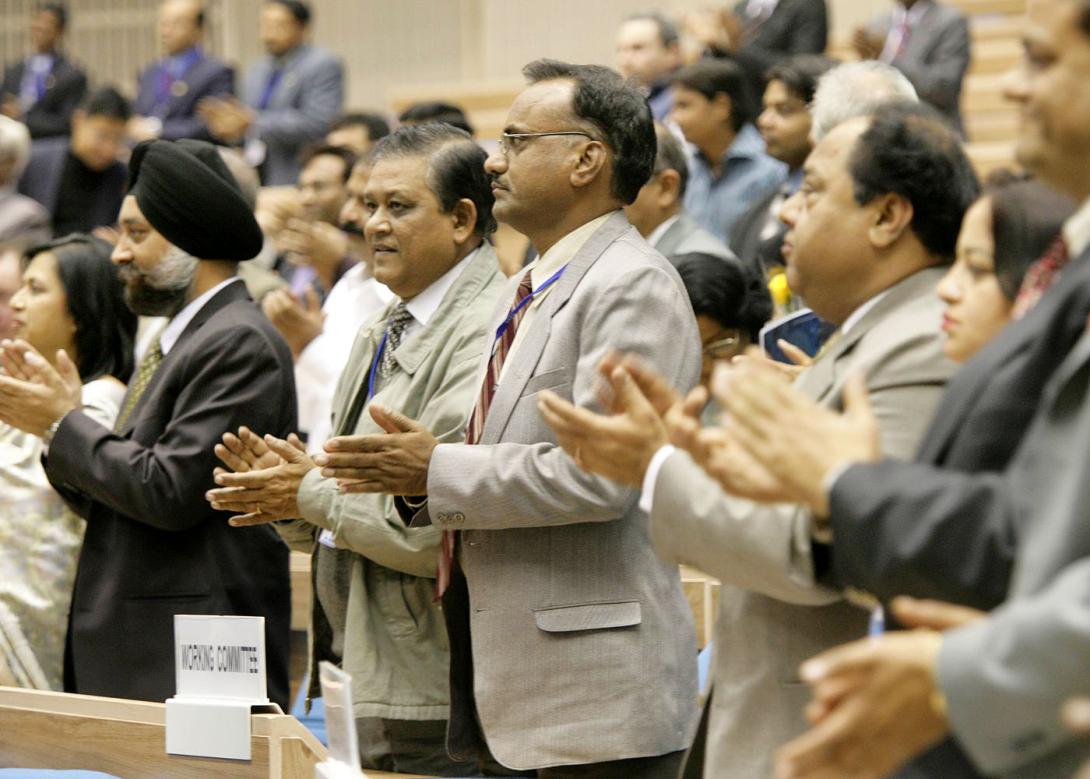Address at the Golden Jubilee Celebrations of Engineering Export Promotion Council, New Delhi
New Delhi : 23-01-2007
Engineering Export - a Mission
Small aim is a crime
I am delighted to participate in the Golden Jubilee Celebrations of Engineering Export Promotion Council (EEPC). It is a great pleasure for me to be a part of this buyer seller meet, where large number of buyers and industry captains, heads of industry associations from around the world viz., Africa, Latin America, Europe, ASEAN region, CIS countries and neighbouring countries have found time and interest to be a partner with leading business houses in engineering sector from India. I congratulate the EEPC community both present and past, who have built a robust institutional framework for engineering export in the country during the last five decades. In this audience, I would like to share my thoughts on the topic "Engineering Export - a Mission".
My Thumba Experience
As I am with this engineering community, I recollect my early days of working in Thumba on the fibre glass technology for satellite launch vehicle in the late 60s. The technology was new to us and we had to acquire skills in development as well as develop machines to wind the motor casing. My team took up the challenge of developing the winding machine. Simultaneously, we formulated the production process and sourced the quality materials needed for the product. With such integrated efforts, the fibre glass motor case was designed, fabricated, tested, qualified and finally used in the solid motor of the SLV-3 flight. Subsequently, the motor was also used as the Apogee motor for APPLE spacecraft flown in Ariane Launch Vehicle. This gives the message that our Indian engineering community can make world class quality products through a holistic approach of concurrently developing the technology, material, machine, process, quality and acceptance standards. Today, all the space launch vehicles, spacecraft and aeronautical systems use composite systems extensively. Now, I would like to talk about the present scenario of Indian Engineering Exports.
Indian Engineering Exports
I am glad that Indian engineering exports has grown from 10 million US dollars to 20 billion US dollars during the last five decades. However, I find that the total export from the engineering industry is less than half a percent of the world imports. What could be the reason? If you analyze the export pattern of different countries, we may find an evolutionary process. Under-developed countries export minerals. Countries coming into initial stages of development export metals. More developed countries export manufactured engineering goods. Advanced countries create wealth by exporting knowledge products. India needs to graduate to export of value added engineering goods and knowledge products using its technological and innovative edge.
I am happy that because of the combined efforts of the EEPC, government, manufacturing sector and other partners, a new urge is visible during the last decade. This urge has to be reinforced and converted into a major opportunity with a vision to make engineering export an essential growth driver of Indian Economy. The engineering export should not be seen only as a commercial activity but also as a promoter of engineering excellence, manufacturing expertise and the innovative spirit of the nation as a whole.
Innovation is the capital
I was studying the Global Competitiveness Report for the year 2006-07. There I find in terms of Growth Competitive Index ranking Switzerland is ranked 1, Finland is ranked 2, Singapore is ranked 5, US is ranked 6, Korea 24, UAE 32, India 43 and China 54. I am glad to find that India has moved up in competitiveness to 43. Today, the President of Finland, Her Excellency Mrs. Tarja Halonen, visited Rashtrapati Bhavan. During the discussion, I asked the President of Finland, what is the significance and how Finland is always in the first few positions in the competitiveness index during the last few years. She gave three reasons: (1). Education, Education, Education - it is the foundation for the Finland's Competitiveness, (2). Life Long learning is promoted in Finland - people continuously are in learning mode, (3). Women are empowered with Education. Of course we have similar experience in the country, wherever we have empowered the women with education, they have excelled in Human Development Index. Growth competitiveness is determined by the innovative ability of any institution or organization. This innovation arises from institutional initiative and the R & D productivity of the firm, shaped by policies and nature of local institutions. Innovation is the prime mover for Engineering design, engineering development, Value addition and production. National innovative capacity has to be the country's important potential to reinforce both political and economic entity with commercially relevant competitive products. This capacity is distinct from purely scientific or technical achievements and focuses on the economic application of new technology. When I am in the midst of members of engineering exports, I would like all of you to work collectively to bring-forth the growth competitiveness index of engineering export industry to less than ten. This requires the combined effort of researchers, technologists, production engineers, business strategists, export houses, economic and commerce experts, above all visionaries. To produce significant results consistent with an inherent talent, we have to look for out of box ideas.
An Industrial Example
As I was preparing for this talk, a friend of mine narrated me his experience about an initiative for producing shipping containers by one of the Indian companies for export. The material and the protective paints were imported for meeting the specifications, and the container cost was contained to minimum to make it more competitive. However, despite best efforts the project did not become viable. It is understood, their competitor had adopted a different strategy to reduce the cost in value addition, even though he was also importing the raw materials. The competitor trained and employed prisoners to take up high quality product fabrication work at a modest remuneration. The remuneration package was transferred to their families. This has resulted in meeting a competitive environment innovatively, by reducing the cost and providing constructive work for the prisoners and simultaneously serving a social cause.
Facilitating Small Scale Industries for Exports
During my interaction with small scale entrepreneurs, they frequently expressed that they have innovative ideas for projects with great potential and they can harness the required infrastructure and human talents to realize a product. It is essential that the Small Scale units are facilitated to get quality material to international standards through a specially designed mechanism. The Export Promotion Council should work with all the stakeholders and identify a set of raw materials which have to be organized either through indigenous development or easily available form from reliable supplier without any hassles to the required quality. Simultaneously, EEPC can also enable infusion of the right technology, equipment, substitutes for imported raw materials and potential for joint collaborators and promotion of marketing in different regions. These should be consistent with the targets for growth in the short and long terms. This approach will enable rejuvenation of 3 lakh small scale industries who are presently sick through a proper reorientation and training process.
Brand Equity
The brand equity of firms which manufacture the engineering products being exported becomes very important in this extremely competitive world. Major industrial players in the country both in the public and private sector may be encouraged to collaborate with small industries and boost marketability of the products through the brand image. EEPC should bring out a compilation of various quality and cost related parameters of branded products which should be attended to by the industry to become competitive for export. One of the methods through which an industry can acquire a brand is through national and international collaboration. Indian branded companies should partner with small and medium industries in a consortium mode.
Outsourcing
Emerging trends in outsourcing of engineering and design services such as new product designing, product improvement, maintenance and design manufacturing systems to India will lead to quantum growth in our engineering service exports. The Total world-wide market for outsourced engineering services is approx US$ 70 Billion and growing at a brisk pace of 12% or more. India should aspire to capture at least 25% of this outsourcing market which will substantially add to the growth of exports by Indian Engineering Export Industry. Small and medium scale industries will have a large role in this area which will enable them to have to have a global presence and continuously upgrade their quality of services. One of the thrust area of engineering export could be the automotive sector.
Export Potential of Automobile Industry
While the automobile industry is growing currently at the rate of 17%, the Indian automobile exports are less than 1% of global automotive trade. EEPC may take up new initiatives to develop with the Society of Indian Automotive Manufacturers (SIAM) and Automotive Components Manufacturer Association (ACMA) to address the various enabling factors needed to promote growth in export. During my talk inauguration of Symposium on International Automotive Technology in Pune, I have suggested the industry with its partners to work for 200 Billion US dollars production by 2016 including 100 billion US dollars export. For realizing this, in addition to evolutionary improvements in current technologies, revolutionary approaches to new areas like hydrogen, solar and bio-fuel powered automobiles have to be targeted. This will need integrated strategy on basic research, development of technology, creation of manufacturing capacity, customer orientation and market development. Simultaneously, there is a need to work with the automobile component industry to address the products with current technologies as well as those needing evolution of new concepts. This unique action itself will provide an avenue for large growth of engineering export.
Conclusion: Suggestions
Since I am in the midst of important functionaries connected with Engineering industries and export, I have the following suggestions:
1. Aiming for an Engineering export of $100 Billion by 2016 from the present $20 Billion.
2. Considering the thrust areas to include automobile, transportation equipments and machine tools. The priority should be given for conversion of raw materials and semi-finished goods into value added products. Initiative must be taken for enhancing capacities through additional investment, creation of theme parks and development of state of the art infrastructure like power, ports and roads.
3. EEPC may consider facilitating multi-disciplinary technology and design inputs for the prospective exporters.
4. Enter into design outsourcing world market using the Indian core competence in CAD/CAM and CAE.
5. Increasing the investment in Research and Development to innovate new engineering products for international markets.
6. Applying information technology for growth of manufacturing sector and introduction of e-trade practices.
7. Attracting Indian youth towards manufacturing sector through innovative schemes of job challenges and perks.
8. As a part of Human Resource Development developing world class skills in precision manufacturing.
9. Reviewing the procedures, duties and levies and make them exporter friendly, consistent with Engineering Export targets of the country.
With these words, let me inaugurate the Golden Jubilee celebrations of Engineering Export Promotion Council and greet all the participants for success in their missions.
May God Bless You all.

